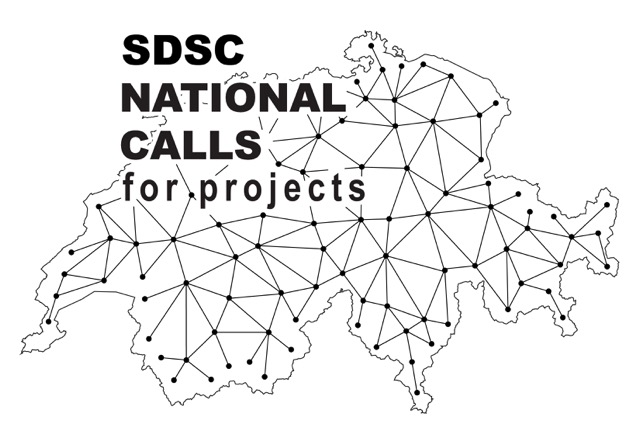
COMMIT
Context-Aware Mobility Mining Tools

Abstract
The research project developed innovative methods for mobility data analysis and integrating mobility data with spatio-temporal context. Particularly, methods targeting mining mobility patterns, integrating mobility data with context data, enhancing tracking data quality, and visualizing mobility data are developed.
These methods are tested using multiple large-scale mobility data sets, including long-term GPS tracking data collected through the GoEco! and SBB Green Class projects and other publicly available data sets such as the GeoLife data set. The successful application of the developed methods on large-scale real-world mobility data sets demonstrates the generalizability and reusability of these methods.
As a major outcome of the project, an open source Python library, trackintel, is published that includes the core functional modules developed throughout the research project. Besides trackintel, multiple research papers and Ph.D./MSc/BSc theses are published under partial or full support of the COMMIT project.
People
Collaborators
description
Problem
Current methods for mining movement trajectories in order to analyze our mobility behavior
- omit the movement’s context (e.g., weather, environment);
- focus on the status quo of mobility behavior rather than its dynamic change (e.g., as reaction to new mobility options).
Solution
We aim to develop generalizable and reusable methods for the integration of movement trajectories from various sources with spatio-temporal context data and for knowledge discovery from such semantically enriched, longitudinal data.
Impact
Understanding human mobility is highly significant for numerous disciplines as well as for society as a whole, working towards the goal of increasing its sustainability. An open-source analysis framework for movement data will be of use to researchers from a variety of disciplines.
Presentation
Gallery
Annexe
Additional resources
Bibliography
Publications
Related Pages
- Trackintel: An open-source python library for human mobility modeling and analysis. In GeoPython 2021 (online). GitHub - mie-lab/trackintel: trackintel is a framework for spatio-temporal analysis of movement trajectory and mobility data.
More projects
OneDoc 'Ask Doki'
SFOE Energy Dashboard
Enhancing resource efficiency
News
Latest news


Data Science & AI Briefing Series for Executives
Data Science & AI Briefing Series for Executives


PAIRED-HYDRO | Increasing the Lifespan of Hydropower Turbines with Machine Learning
PAIRED-HYDRO | Increasing the Lifespan of Hydropower Turbines with Machine Learning


First National Calls: 50 selected projects to start in 2025
First National Calls: 50 selected projects to start in 2025
Contact us
Let’s talk Data Science
Do you need our services or expertise?
Contact us for your next Data Science project!




